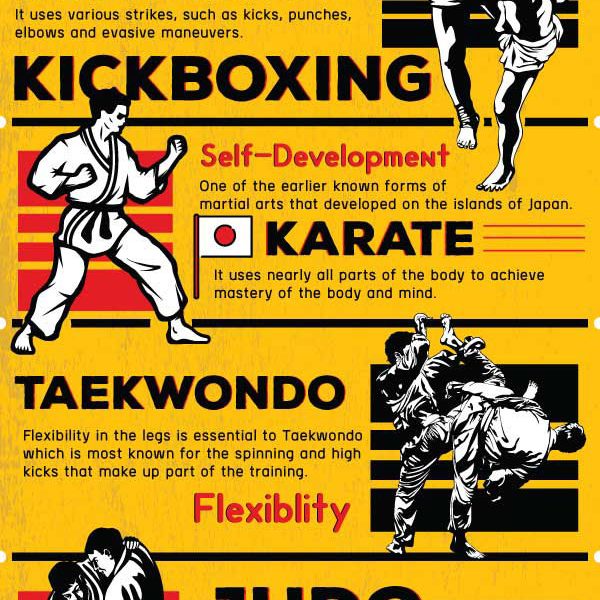A Relative Research Study Of Typical Martial Arts And Modern Battle Sports: Highlighting The Crucial Differences
A Relative Research Study Of Typical Martial Arts And Modern Battle Sports: Highlighting The Crucial Differences
Blog Article
Uploaded By-McGinnis Finnegan
When you think about martial arts, do you lean a lot more toward the standard practices or the modern-day combat sports? Each path offers distinct benefits and experiences, formed by their approaches and training approaches. find more stress individual development and discipline, while modern-day fight sporting activities focus on competitors and performance. Recognizing these distinctions can lead you in selecting the ideal approach for your trip. But just how do these distinctions materialize in training and viewpoint?
The Viewpoint and History Behind Traditional Martial arts
While many individuals connect martial arts with physical fight, the ideology and background behind traditional martial arts run much deeper. You'll discover that these techniques stress individual growth, technique, and regard.
Originating from https://www.theguardian.com/film/2023/aug/09/enter-the-dragon-review-bruce-lee-classic-still-delivers-a-lethal-blow , traditional martial arts were commonly established for Self-Defense and spiritual growth. They embody concepts such as balance, consistency, and self-control, assisting professionals past plain fighting abilities.
As you educate, you'll not only learn strategies but additionally get understandings right into the culture and worths that shaped these arts. The rituals and customs, usually passed down through generations, promote a sense of community and belonging.
The Affordable Nature of Modern Fight Sports
Modern battle sports have actually transformed the landscape of martial arts right into a highly competitive sector, where professional athletes challenge in an examination of skill, method, and endurance.
You'll notice that competitions are usually organized with strict policies and regulations, ensuring justice and security. joe halbuna kajukenbo attract large target markets, sustaining the exhilaration and strength of competitions.
Professional athletes educate rigorously, not just for physical prowess however additionally for mental strength, recognizing that every information counts in the ring. The adrenaline rush during competitors is palpable, as competitors press their limits to claim victory.
Followers value the athleticism and creativity involved, making contemporary combat sporting activities a thrilling phenomenon that remains to develop and astound fanatics all over the world.
Training Techniques and Methods: A Comparative Evaluation
The affordable environment of contemporary combat sporting activities needs cutting-edge training techniques that vary significantly from typical martial arts.
In modern-day training, you'll concentrate on specific techniques, competing, and conditioning, commonly utilizing drills that imitate real fight situations. You'll see a focus on quantifiable efficiency and regular competition to analyze your skills.
In contrast, standard martial arts focus on forms, katas, and thoughtful trainings, typically highlighting self-control and regard over competition.
Training is normally less intense and may include recurring technique as opposed to real-time sparring.
While both techniques develop skill and physical fitness, contemporary combat sports supply a much more dynamic and versatile training environment, preparing you for instant obstacles in the ring or cage.
Pick the course that straightens with your objectives and interests.
Verdict
In choosing between typical martial arts and modern battle sports, it actually boils down to what you value a lot of. If you're seeking individual growth, self-control, and a feeling of neighborhood, typical arts may be your ideal fit. Yet if visit this page prosper on competition and real-time difficulties, contemporary combat sporting activities could be the method to go. Inevitably, both courses offer special benefits, so it's everything about aligning your training with your individual objectives and interests.
